Binance CEO Shares Lessons Learned From Terra Fall, Says He is 'Pleased by the Crypto Industry Resilience'
Addressing the historic fall of the Terra (LUNA) ecosystem, major crypto exchange Binance CEO Changpeng Zhao (CZ) said that he is "pleased by the resilience the crypto industry has shown." However, he also shared some lessons that the industry should learn from the Terra fallout.
More precisely, in a recent blog post, CZ said there are "many lessons" to be learned from the Terra crash in terms of design flaws.
In the first place, when an asset is pegged to another asset using the third asset as collateral, there will always be a chance of a peg failure - even if the asset is over collateralized by 10x. That is because the volatile nature of crypto makes it possible for a collateral asset to crash by more than 10x in a matter of hours.
Moreover, there were also design issues with Terra's burn-and-mint mechanism, which allowed the stablecoin terraUSD (UST) holders to swap UST 1 for USD 1 worth of LUNA and the aggressive sell-off led to the supply of LUNA increasing exponentially.
"The most stupid design flaw is thinking that minting more of an asset will increase its total value (market cap)," CZ added. "Printing money does not create value; it just dilutes existing holders. Exponentially minting LUNA made the problem a lot worse."
CZ slammed Anchor Protocol’s 20% fixed Annual Percentage Yield (APY) rate, which was used to attract users to the ecosystem and convince them to lock their UST tokens. Notably, many had called Anchor a "Ponzi scheme" even way before the UST crash, arguing that it was not sustainable.
As a reminder, the Anchor lending protocol housed the majority of UST’s circulating supply, and it was used as a key incentive mechanism for users to hold UST with its high yields of 20%.
"Key lesson: don’t just chase
Read more on cryptonews.com

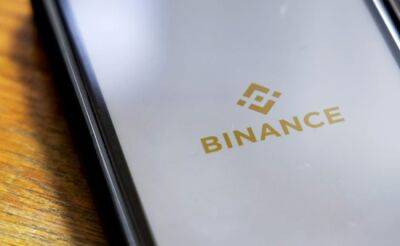
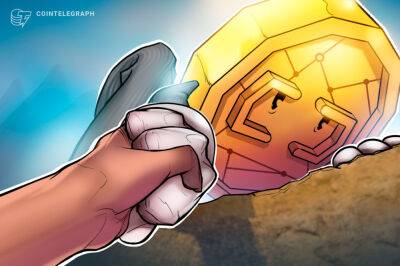

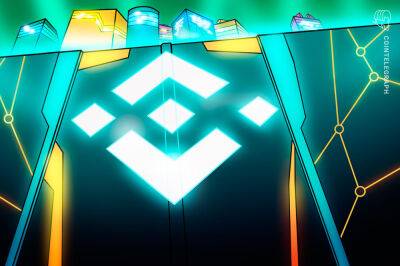
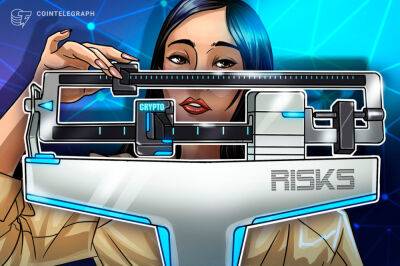



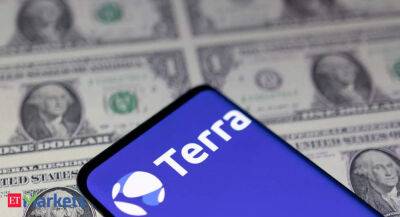


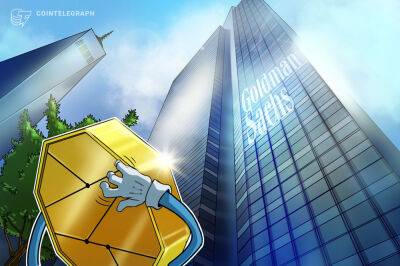
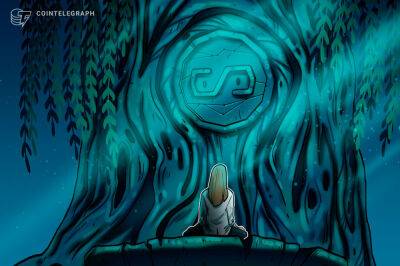





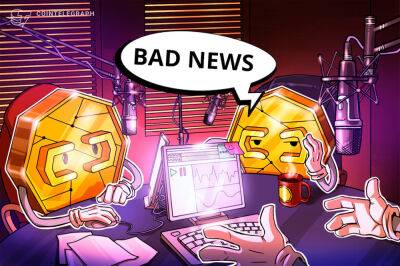

![Binance CEO’s latest announcement had this effect on TerraUSD [UST] prices](https://finance-news.co/storage/thumbs_400/img/2022/5/16/25872_2iqo.jpg)
